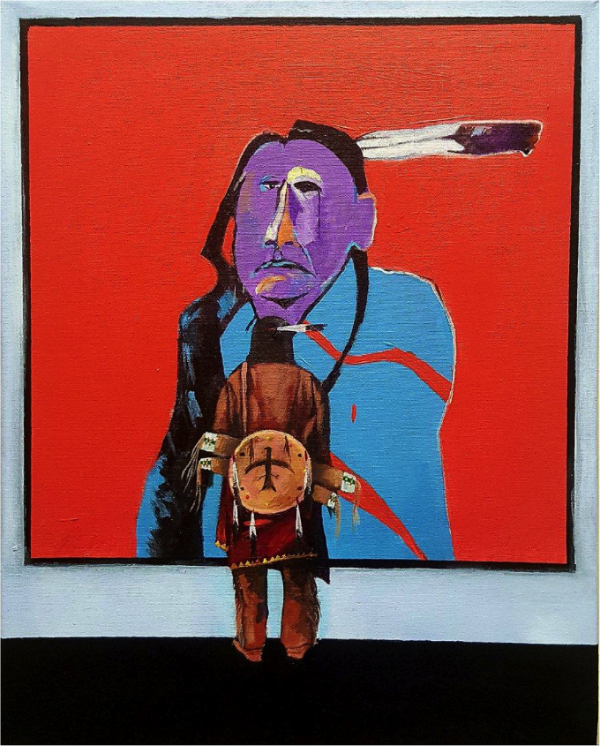The Mechanics of Survivance in Indigenously-Directed Video-Games: Invaders and Never Alone
DOI:
https://doi.org/10.22024/UniKent/03/tm.371Keywords:
Native American, Video-games, Digital Media, SurvivanceAbstract
Survivance as a legal concept names the right to inheritance and more specifically the condition of being qualified to inherit a legacy. In an interview Jöelle Rostkowski, Vizenor explains: “[s]urvivance ... is the heritable right of succession or reversion of an estate.” This aspect of survivance is overlooked by those scholars of Vizenor's work who focus on the conjunction of the terms “survival” and “resistance”, terms that are important most fundamentally as they intersect with the capacity to transmit and to accept the inheritance of the past that is itself the intersection of survival and resistance. Survivance is not a static object or method but a dynamic condition of historical and cultural survival and also of political resistance, practiced in the continual readiness of Indigenous communities to accept and continue the inheritance passed on by elders and ancestors. In this sense, claims made by recent Indigenous video-game developers to speak to youth through digital media by providing games that transmit tribal legacies of language, stories, ontologies, and ways of knowing and being in the world, speak to the practice of survivance. Indeed, the particular capacity of video games to engage oral storytelling and active participation in the making of stories offers a powerful means to encourage and sustain survivance.
This essay focuses on the analysis of video game mechanics: the rules of the game that determine the opportunities made possible for, and the limitations imposed upon, player interactivity. Vizenor's concept of survivance enhances understanding of the powerful decolonizing potential of mechanics in Indigenous video games and these game mechanics illustrate in particularly clear ways the workings of survivance as an active engagement in the politics of what Vizenor calls “native presence.” In the interview with Jöelle Rostkowski referenced above, Vizenor remarks: “The character of survivance creates a sense of native presence, a critical, active presence and resistance, over absence, historical and cultural absence, nihility and victimry.”
This essay seeks to show how the sense of a critical, active Indigenous presence is created, by analyzing the mechanics of two different types of Indigenous digital games. Resistance to “historical and cultural absence, nihility and victimry” is explored through the 2-D fixed shooter arcade game Invaders (2015 Steven Paul Judd, Elizabeth LaPensée, Trevino Brings Plenty). The Iñupiat puzzle platformer video game Never Alone (2014 Upper One Games) enacts survivance as the epistemological practice of a living, tribal presence past, present, and future. In these digital games, mechanics are designed to compel players to enact survivance. Understanding this relationship underlines the importance of the decolonizing potential of Indigenous video games.
Published
How to Cite
Issue
Section
License
Copyright (c) 2017 Deborah Madsen

This work is licensed under a Creative Commons Attribution 4.0 International License.
Authors who publish with this journal agree to the following terms:
- Authors retain copyright and grant the journal right of first publication with the work simultaneously licensed under a Creative Commons Attribution License that allows others to share the work with an acknowledgement of the work's authorship and initial publication in this journal.
- Authors are able to enter into separate, additional contractual arrangements for the non-exclusive distribution of the journal's published version of the work (e.g., post it to an institutional repository or publish it in a book), with an acknowledgement of its initial publication in this journal.
- Authors are permitted and encouraged to post their work online (e.g., in institutional repositories or on their website) prior to and during the submission process, as it can lead to productive exchanges, as well as earlier and greater citation of published work (See The Effect of Open Access).

